The article “What is Quantitative Trading and How Do I Learn It?” first appeared on AlgoTrading101 blog.
Table of contents
- What is the Quantitative Trading?
- When should we use Quantitative Trading? (Instead of Manual Trading)
- Why should we use Quantitative Trading?
- What are some examples of Quantitative Trading Strategies?
- What are some examples of Manual Trading Strategies?
- What are the Key Components of Quantitative Trading?
- Finance
- Mathematics
- Programming
- Can an individual run a Quantitative Trading Strategy?
- How to be a Successful Quantitative Trader?
- What are some Resources to Learn Quantitative Trading?
- What are the Components of a Trading Algorithm?
- What is an Example of a Trading Algorithm?
What is quantitative trading? Quantitative trading is the buying and selling financial assets using computers, without human intervention. It is done to exploit persistent market opportunities to make profits.
The best way to learning quantitative trading is to join a trading firm or find a mentor and shadow him at work. More details on this later.
What is Quantitative Trading?
The point of quantitative trading is to long or short a financial asset when its price is not what (we think) it should be.
The difference from manual trading is that either the decision making process is done quantitatively or trade execution is done automatically by a machine.
To represent that in logic form:
If X happens, Y should happen.
If Y doesn’t happen, we do Z in anticipation that Y will happen.
For instance, if satellite images of all Walmarts show an increase in the number of parked cars (which implies an increase in shoppers), the price of Walmart should rise.
If the price doesn’t rise, we buy the stock in hopes that it does (especially during the next quarterly earnings announcement).
When should we use Quantitative Trading? (Instead of Manual Trading)
We use quantitative trading when the market opportunity is persistent, which means it appears over and over in a similar fashion.
We use manual trading when the market opportunity is one-off.
Why should we use Quantitative Trading?
We use quantitative trading because we want to:
- Analyse large amounts of data
- Analyse data quickly
- Analyse text or images (using machine learning)
- Collect large amount of data (web scraping)
- Fire a trade with lightning quick reactions
- Fire many trades in a short time
- Fire a trade where you need a precise price
- Monitor the markets 24/5 or 24/7
What are some examples of Quantitative Trading Strategies?
- Asset A usually moves before asset B. We buy or short asset B when we see asset A move.
- Fire a trade quickly (using machines) before the market can react to a piece of news.
- A group of similar stocks from the same country and industry usually move together. Today, one of the stock moves in an unusual fashion. We buy or short this stock in hopes that its behaviour will revert back to normal.
- 4 Quantitative Strategies (article)
- Futures Trading Strategies (article)
What are some examples of Manual Trading Strategies?
In contrast, here are some examples of manual trading strategies.
- Hedge fund manager George Soros profiting $1 billion betting that the UK was unable to maintain the British Pound above a certain value in 1992
- Winklevoss Twins (the twins that sued Facebook’s CEO Mark Zuckerberg) became billionaires thanks to a $11 million bet on bitcoin in 2013.
- Sending someone to record the number of trucks leaving a timber processing factory every day. Thus, estimating supply and sales. This allows us to predict the timber company’s earnings.
What are the Key Components of Quantitative Trading?
Finance, mathematics and programming. Finance gives us the trading idea, mathematics helps us quantify the opportunity, and programming helps us test and implement the trading strategies.
Learn finance before the math. Learn the math before programming.
Finance
Understanding finance, economics and how the market works is the most important part of quantitative trading. This gives us the skills to identify and find trading opportunities.
In many cases, having knowledge of other specific domains is useful if we are trading products in those industries.
For example, understanding the weather and agriculture process is useful if you are trading coffee futures.
Mathematics
For most trading ideas, you just need high school level statistics.
You need statistics knowledge to calculate how big or small an opportunity is, and to calculate how big your trades should be.
Let’s say a trade wins 50% of the time with a 15% return, loses 40% of the time with a 10% loss and loses 10% of the time with a 100% loss.
Is this a good opportunity? If yes, how much should we trade?
There is a statistical solutions for the two questions above. Go read about Expected Value and Kelly Criterion (this formula is aggressive, use with care to prevent overbetting).
Alternatively, we can run simulations to find the optimal betting size based on multiple potential outcomes of a trade.
Programming
Programming lets you test, improve and deploy your quantitative trading strategy.
Programming is usually the last piece of the puzzle after the initial strategy design phase. However, it is increasingly important as new strategies require technical skills at the onset.
For instance, if we are evaluating comments from web forums and reviews from restaurant review sites for opportunities, we need programming skills to scrape those data.
This has to be done at the initial strategy development phase.
Can an Individual run a Quantitative Trading Strategy?
Yes, an individual can. Software and data is cheap enough for a single person to run a quantitative trading strategy. However, a single person can’t run a high-frequency trading strategy as the costs and technical requirements are too high.
High-frequency trading (HFT) firms spend hundreds of millions for trading infrastructure and have teams of usually very competent computer scientists, data scientists and traders.
It is more than difficult for a single person to win the HFT battle.
Note that just because a single person can run an quantitative trading strategy, doesn’t imply he or she can be profitable in the long term.
Knowing how to play chess and being a chess champion are two very different things.
How to be a Successful Quantitative Trader?
Get into a top trading firm. You’ll gain knowledge, credentials, connections, mentorship and money in one fell swoop!
Well you don’t say!
Yes, it is incredibly difficult to get into top quantitative trading firms without Masters or Ph.D. in a quantitative subject (Computational Finance, Physics, Engineering, Statistics etc).
It is almost impossible if you want to get into a high-frequency trading role without these qualifications (unless your dad owns the firm!).
The good news is that there are ways to get into a decent hedge fund. Here is a list:
- Find a mentor/be an apprentice
- Work backwards from the job descriptions
- Contact those not in the HR department
- Get hired at a lower tier firm (first)
- Get your foot through the door in a related role
- Get good at trading
More info on getting a job: Trading Jobs – How to Get One and How Much will I Make?
If you are doing it alone without joining a trading firm, you need to understand what is quantitative trading, learn how to spot opportunities, start coding and testing your ideas appropriately, deploy your strategy, make mistakes, try again, lose (hopefully small amounts) money, try again, repeat until successful.
What are some Resources to Learn Quantitative Trading?
Recommended Books
- Evaluation and Optimization of Trading Strategies – Pardo (Good insights on basic quantitative methods on building and testing trading strategies.)
- Trade your way to Financial Freedom – Van K Tharp (Ridiculous-Click bait title aside, this book is a great overview to mechanical trading systems.)
- Quantitative Trading – Ernest Chan (Introduction to basic quantitative trading on a retail level.)
- Trading and Exchanges: Market Microstructure for Practitioners – Larry Harris (Market microstructure is the science of how financial exchanges and systems function and what actually happens when a trade is placed.)
- The Most Important Thing – Howard Marks. Mr Marks is managing over 100 billion USD in his fund, Oaktree Capital (This is not a quantitative trading book but it provides some good mental models about the markets)
- The Quants – Scott Patterson (War stories of some top quants. Good as a bedtime read. P.S. This book started me on the path of quantitative trading. Previously, I was a Buffett value investing guy.)
Recommended Readings
Related Questions
What are the components of a trading algorithm? A trading algorithm consists of 3 parts – 1) the code to enter a trade 2) the code to close a trade and 3) the code to calculate how much to trade.
Video lecture: Structure of a Trading Robot
What is an example of a trading algorithm? An example is to find 2 assets that are similar. If their prices diverge from each other, we bet that their prices will converge again. More info: Pairs Trading – A Real-World Guide
Video lecture: Structure and code of a moving average trading algorithm
Disclosure: Interactive Brokers Third Party
Information posted on IBKR Campus that is provided by third-parties does NOT constitute a recommendation that you should contract for the services of that third party. Third-party participants who contribute to IBKR Campus are independent of Interactive Brokers and Interactive Brokers does not make any representations or warranties concerning the services offered, their past or future performance, or the accuracy of the information provided by the third party. Past performance is no guarantee of future results.
This material is from AlgoTrading101 and is being posted with its permission. The views expressed in this material are solely those of the author and/or AlgoTrading101 and Interactive Brokers is not endorsing or recommending any investment or trading discussed in the material. This material is not and should not be construed as an offer to buy or sell any security. It should not be construed as research or investment advice or a recommendation to buy, sell or hold any security or commodity. This material does not and is not intended to take into account the particular financial conditions, investment objectives or requirements of individual customers. Before acting on this material, you should consider whether it is suitable for your particular circumstances and, as necessary, seek professional advice.
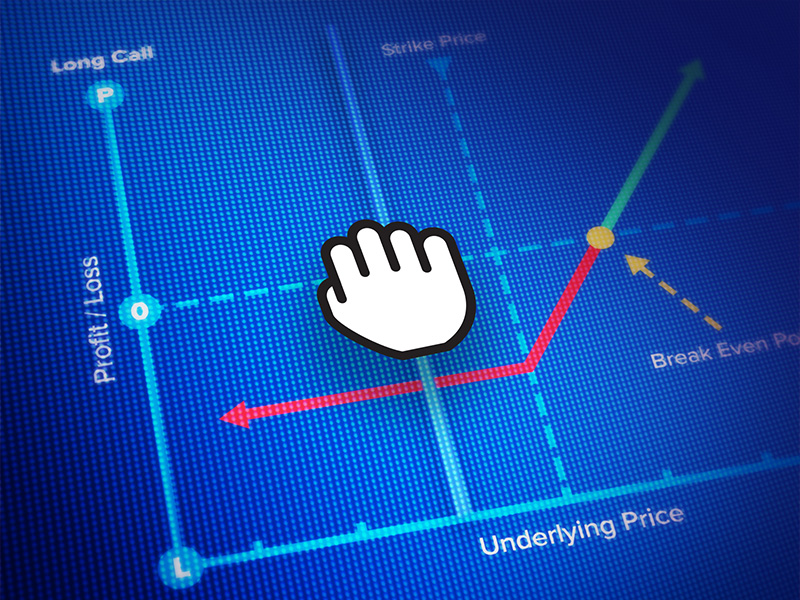
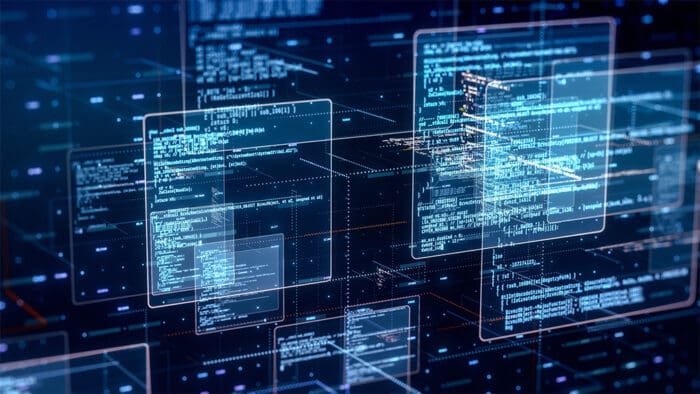

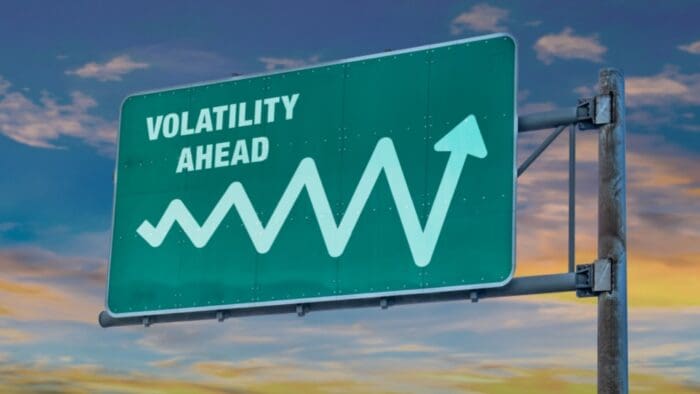

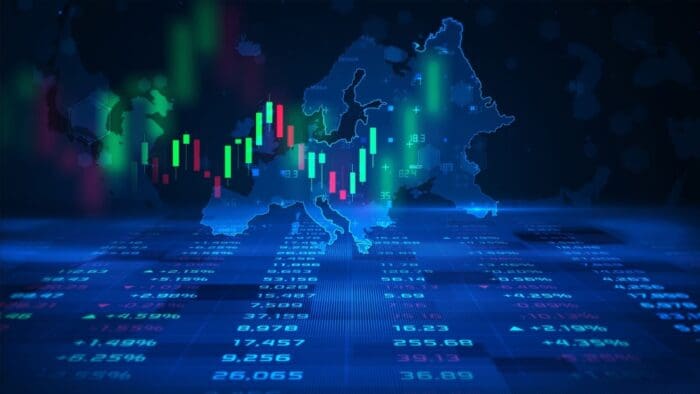

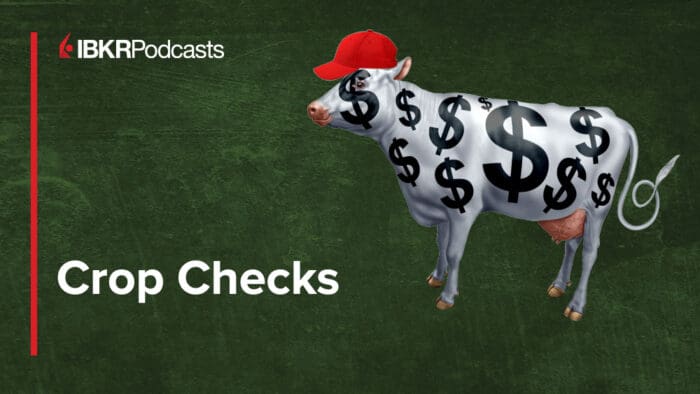
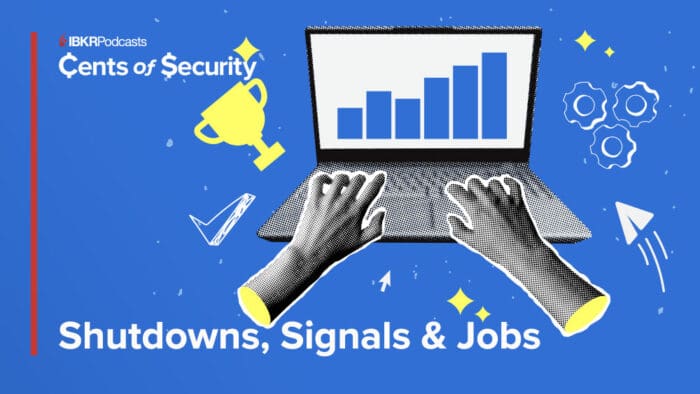
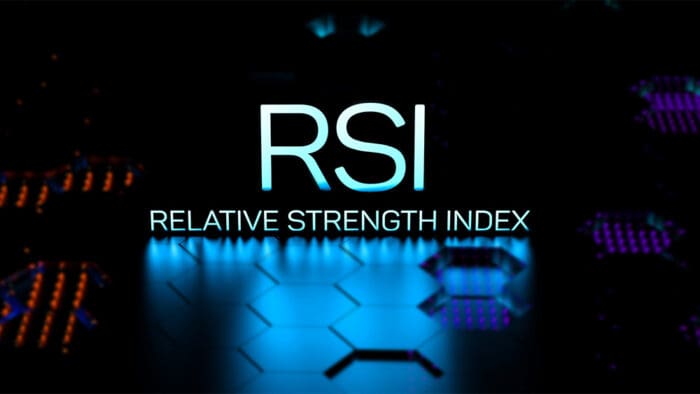
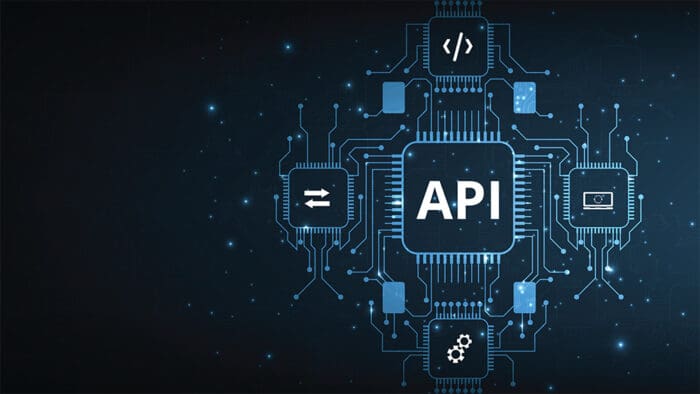
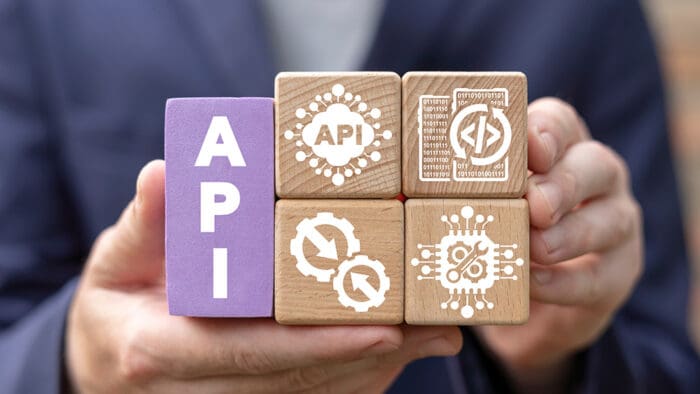
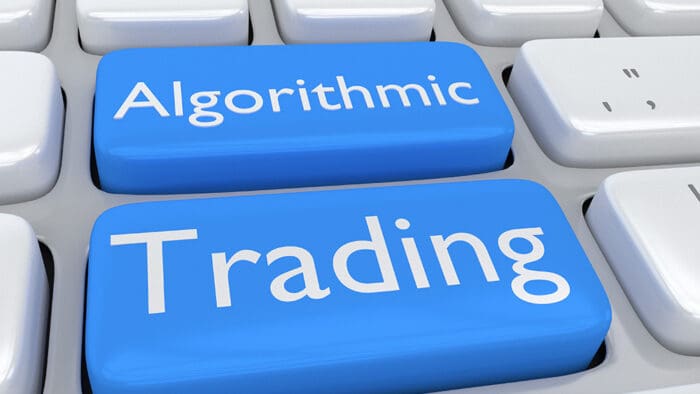

Join The Conversation
For specific platform feedback and suggestions, please submit it directly to our team using these instructions.
If you have an account-specific question or concern, please reach out to Client Services.
We encourage you to look through our FAQs before posting. Your question may already be covered!